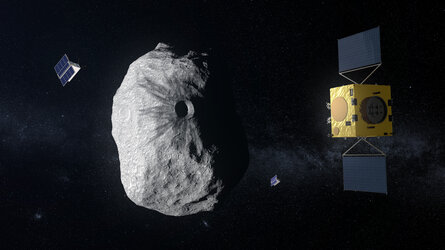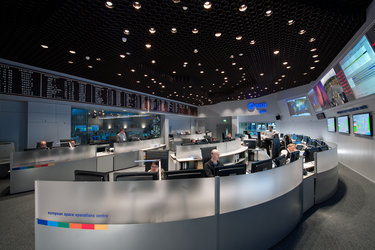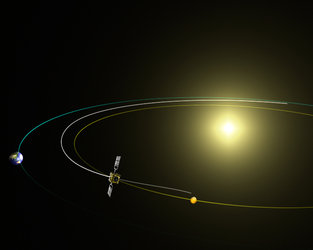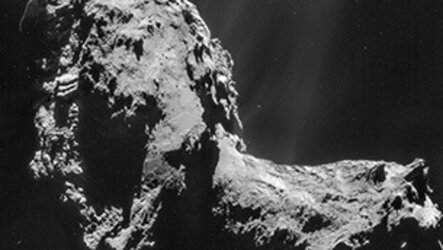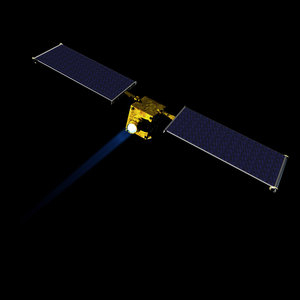Close encounters: planning for extra Hera flyby
ESA’s proposed Hera mission will already visit two asteroids: the Didymos binary pair. The Hera team hopes to boost that number by performing a flyby of another asteroid during the mission’s three-year flight.
The opportunity arises because Hera will be flying out to match Didymos’ 770-day orbit, which circles from less than 10 million km from Earth to out beyond Mars, at more than double Earth’s distance from the Sun.
In the process Hera will pass both multiple near-Earth asteroids and the inner edge of the main Asteroid Belt. Initial studies at ESA’s European Space Operations Centre have turned up dozens of candidate asteroids across different mission scenarios.

“Ideally we would like a flyby of another binary asteroid, to enable comparisons with Didymos,” explains ESA’s Hera project scientist, Michael Küppers.
“We would choose something of a different taxonomic type from the S-type asteroids like Didymos. We would also prefer a larger object: its greater size would allow us to resolve it meaningfully from further away.”
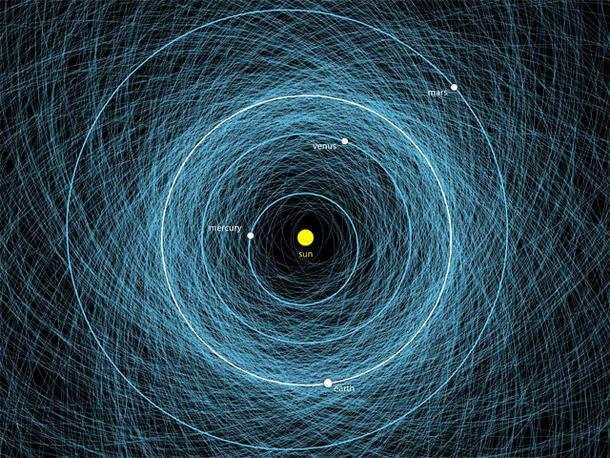
Take as an example one body researchers would like to see: the 2121 Sevastopol binary pair in the inner belt has an 8.6 km diameter main body with a 3.5 km diameter moon.
This system is a member of the poorly understood ‘Flora’ family of main belt stony asteroids, produced by a collision event a relatively recent 100 million years ago – theorised to be associated with the Chicxulub impact that killed the dinosaurs.
The next step would be to create a shortlist of targets, which could then be the subject of ground-based observations to determine more about their properties and sharpen knowledge of their orbits before Hera’s launch in late 2023.
ESA’s Rosetta comet-chaser performed two asteroid flybys as it passed through the main belt during its decade-long flight to comet 67P/Churyumov–Gerasimenko, passing the 5-km diameter diamond-shaped 2867 Šteins and the mammoth 120-km diameter 21 Lutetia.

“To make flybys happen, we have to know where our trajectory will pass relatively close to asteroids if we do nothing,” notes Michael Khan, heading Mission Analysis at ESA’s Flight Dynamics division. “Then we tweak the trajectory to make a specific difference to that distance, bringing us much closer.
“With Rosetta we had a lot of capability, because it was a large spacecraft with extra fuel in in the tanks to get the mission back on track in case something went wrong. Plus we were performing lots of gravity-assist flybys around Earth and Mars, and massaging those flybys slightly gave us a lot of freedom to manoeuvre.

“Hera is not Rosetta, however: this will be a smaller mission with a shorter cruise phase and lower performance limits. We will still try, but the constraints are such that we won’t know for certain which asteroids we could target until after Hera’s launch. It will come down to what day within Hera’s launch window that we take off, and also the precision of that take-off – it is possible that any extra fuel earmarked for asteroid flybys might be needed to fine-tune our trajectory to Didymos. But any flyby would be an excellent opportunity to boost Hera's science return even further.””
To compare the two missions, Rosetta was lorry-sized, while Hera will be the scale of a desk. But any asteroid flyby would benefit its end mission as well as offering plentiful bonus science.
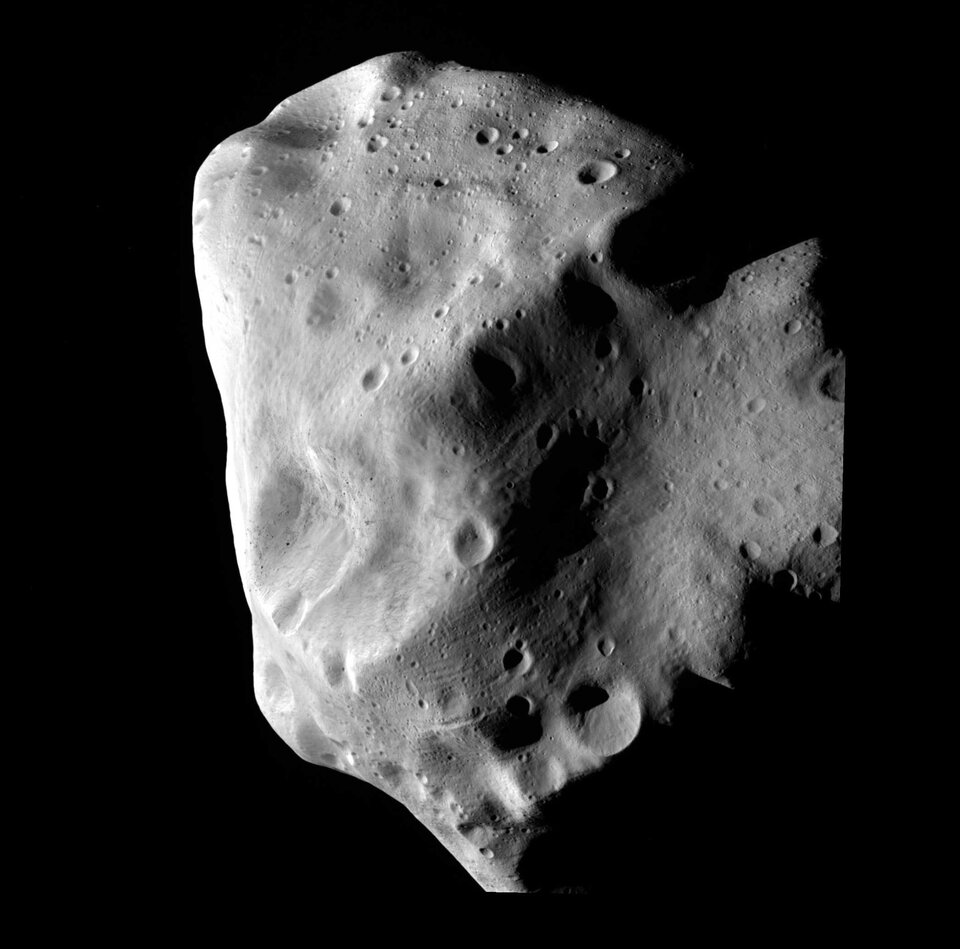
Michael Küppers was also part of the Rosetta team: “These hours-long asteroid flybys were quite dramatic events, and our opportunity to try out our scientific instruments and obtain scientific results from these unknown objects, preparing for our main goal of 67P/Churyumov–Gerasimenko.”
Hera’s lead scientist Patrick Michel, CNRS Director of Research of France’s Côte d'Azur Observatory, hopes Hera would indeed achieve a flyby: “Any object would be valuable. Each time we’ve encountered a new asteroid we’ve discovered something unexpected.”
Hera, Europe’s contribution to an international planetary defence experiment, is currently under study to be presented for approval by ESA’s Space19+ Council meeting of European space ministers.

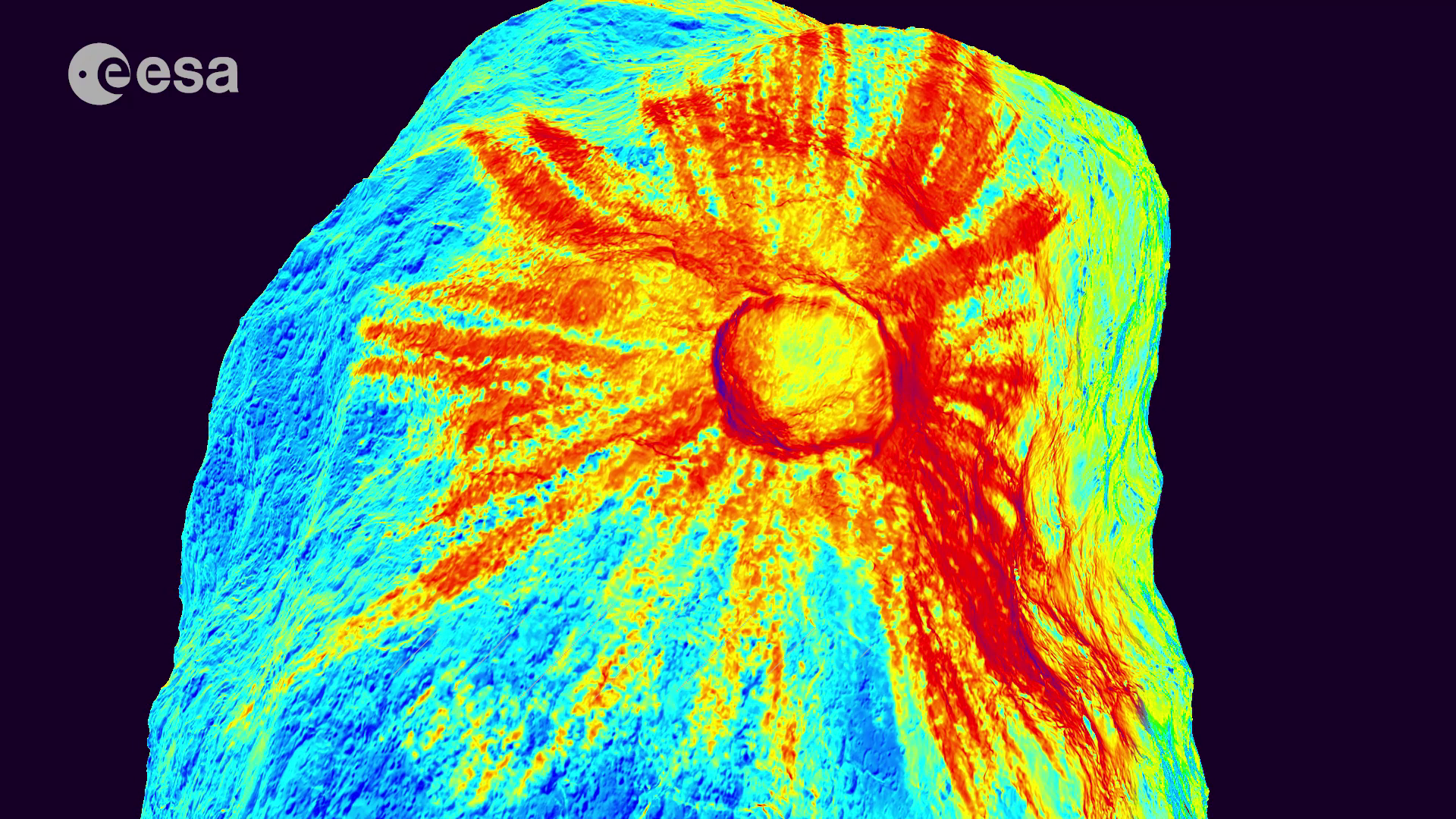
Access the video














 Germany
Germany
 Austria
Austria
 Belgium
Belgium
 Denmark
Denmark
 Spain
Spain
 Estonia
Estonia
 Finland
Finland
 France
France
 Greece
Greece
 Hungary
Hungary
 Ireland
Ireland
 Italy
Italy
 Luxembourg
Luxembourg
 Norway
Norway
 The Netherlands
The Netherlands
 Poland
Poland
 Portugal
Portugal
 Czechia
Czechia
 Romania
Romania
 United Kingdom
United Kingdom
 Slovenia
Slovenia
 Sweden
Sweden
 Switzerland
Switzerland


























